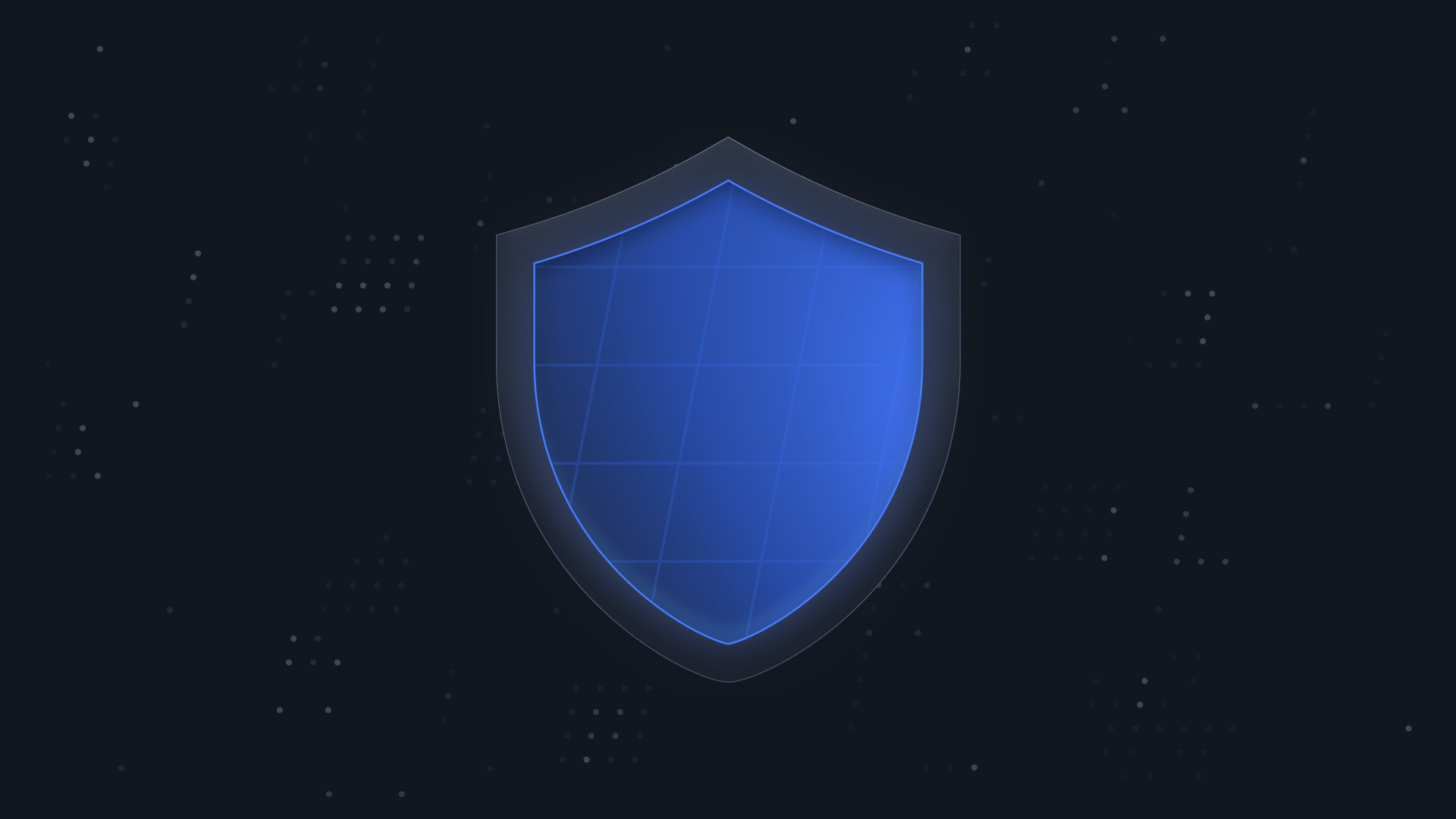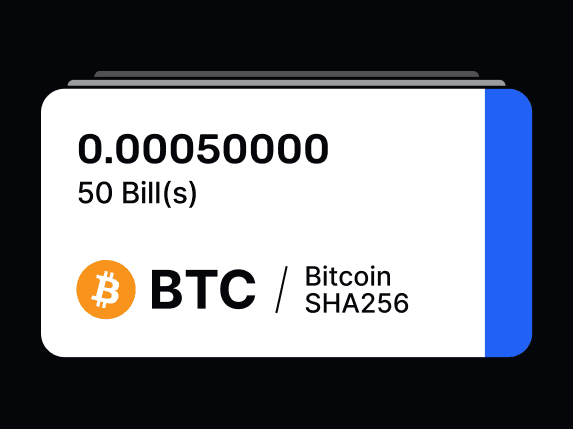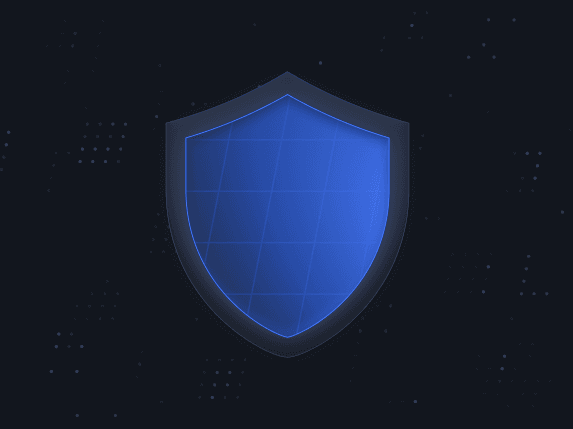Before determining whether blockchain can enhance these content-generation tools, let’s examine how they work.
What are Generative AI Tools?
Generative AI tools create new content like text, images, music, or code based on patterns learned from data. The term “generative” comes from their ability to generate new, original content rather than simply analyzing or predicting data.
For a better understanding, think of generative AI tools as “chatbots on steroids.”
With your regular chatbot, the responses are limited because they can only reply based on the finite information they have. This is why you get funny replies or error messages if you do not use specific keywords when communicating with a chatbot. Generative AI tools are a different breed, built on machine learning principles.
Developers design Generative AI to focus on the most important part of the inputs, identify patterns, learn, and improve its responses over time. A good example is training artificial intelligence tools with pictures of a moose from different angles and views. Over time, AI will identify the most essential features of a moose and use them to generate responses.
Furthermore, these AI tools continue absorbing new information as they process more content requests. Using the moose example, let’s say someone shows a different picture of a moose. This program will use the most critical features, like horns, eyes, and hooves, to identify a moose.
Meanwhile, it will absorb any possible new features captured in different pictures of a moose. ChatGPT and similar tools will then add this new information to their database. In turn, the new details serve as a reference when giving similar responses in the future. The process is almost like artificial intelligence teaching itself to be smarter, which explains why these tools can respond to more complex prompts.
ChatGPT Hack: What Went Wrong?
OpenAI, the company behind ChatGPT, utilizes an open library called Redis, allowing third-party developers to contribute to the program. This approach improves the robustness and amount of information available, as more people can input voluminous and diverse information.
However, hackers exploited a bug in Redis and were able to access private user information. Due to this flaw in the open library, contributing developers could see people’s chat history and the payment details of those who used ChatGPT-4.
In response, OpenAI fixed the bug, improved Redis’s security, and launched a bug bounty program. Developers can earn between $200 and $20,000 for helping the artificial intelligence company identify loopholes in its program.
According to Twingate, this update will reduce the likelihood of errors under extreme loads. While the news did not specifically state this, a system overload may have contributed to the issue. It is not uncommon for systems to malfunction when dealing with requests beyond their optimal capacity.
How Can Zero-Knowledge Blockchains Improve Generative AI Tools?
Zero-knowledge proofs (ZKPs) can significantly enhance the security architecture of Generative AI tools, especially during a cybersecurity breach.
To understand this better, let’s compare traditional technology with ZKP security measures. With orthodox tech, anyone who bypasses security (whether through hook or crook) can access all the information within the system. In contrast, zero-knowledge-proof blockchains only show people what they need to know.
Let’s use the ChatGPT hack as an example. Despite its update, the current system setup still requires users to share specific information like usernames and passwords before authorizing access. Upon receiving the username and password, the system matches them against what it has to confirm authenticity.
On the other hand, zero-knowledge proofs use a more complex method to approve access without requiring private information. The hack would have been unsuccessful if ChatGPT had been built on a zero-knowledge-proof blockchain.
First, the zero-knowledge proof prevents anyone, including administrators, from accessing log content. In addition, blockchain networks prevent anyone from altering already-existing information on the network.
Tectum – The Perfect Zero-Knowledge Blockchain for Building Generative AI Tools
Tectum is the fastest layer-1 blockchain, with a speed of 3.5 million transactions per second. Furthermore, our decentralized network combines the proof-of-utility consensus with zero-knowledge proofs to ensure Fort Knox-level security. But why is this article repeating these details?
First, Tectum is a layer-1 solution. This means developers can build applications on our network. Despite popular opinion, blockchains are more than just crypto wallets and cryptocurrencies. Anyone with the right expertise can create excellent Generative AI tools to run on decentralized networks.
Furthermore, Tectum can process 3.5 million transactions per second. In this regard, ChatGPT would not be compromised due to “system overload.” Not to brag, but it is practically impossible right now to overload a network capable of processing 3.5 million transactions per second. This means that the AI tool built on it will give prompt responses at all times, regardless of the number of users making requests.
Considering the features of Tectum, it becomes clear that this zero-knowledge-proof blockchain network is the best platform for building Generative AI tools.









